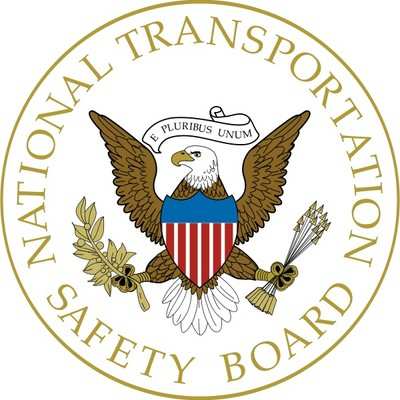Airplane... Began To Descend In A Steep Attitude Before Striking Mature Corn And Impacting The Ground In A Nose Down, Wings Level Attitude
Location: Cuba, KY Accident Number: ERA24FA304
Date & Time: July 13, 2024, 15:27 Local Registration: N2003Y
Aircraft: Air Tractor AT802 Injuries: 1 Fatal
Flight Conducted Under: Part 137: Agricultural

On July 13, 2024, at 1527 central daylight time, an Air Tractor AT-802A, N2003Y, was substantially damaged when it was involved in an accident near Cuba, Kentucky. The airline transport pilot was fatally injured. The airplane was operated as a Title 14 Code of Federal Regulations (CFR) Part 137 agricultural flight.
Prior to the accident flight, the airplane was loaded with 190 gallons of agriculture chemicals and fueled at the owner’s operating base in Murray, Kentucky, about 25 miles east of the accident site. Preliminary aerial application data was obtained from the company’s cloudbased service that utilized the AgPilotX application. The data showed that the pilot approached the property from the southeast and began spraying the western section of the field. The pilot flew north, made a right turn to spray the eastern edge of the field, and then returned for a second pass over the western edge of the field. The owner stated that he expected the pilot to then spray the center of the field. The pilot climbed and initiated a steep right turn. The airplane then began to descend in a steep attitude before striking mature corn and impacting the ground in a nose down, wings level attitude. The airplane traveled down an embankment, skidded across an asphalt road and then struck a ditch before coming to
rest upright in a bean field. The wreckage path was about 110 ft in length and oriented on a 124° heading, at an elevation of 528 ft.
All portions of the airplane were located in the immediate vicinity of the accident site, which also contained a strong odor, consistent with jet fuel. Postaccident examination of the airplane at the accident site revealed chemical spray application nozzles and plumbing at the initial impact site in the corn. The landing gear was sheared off and scrapes and paint transfer.
The airplane’s Hartzell 5-bladed metal propeller assembly separated at the reduction gear unit and was located on the embankment, about 50 ft from the main wreckage; the propeller blades displayed minimal rotational damage.
The horizontal stabilizer and elevators separated during the accident sequence, but the vertical stabilizer, rudder, ailerons and wings all remained attached to the airframe at their respective locations. Flight control continuity was established on all flight control surfaces through the cockpit controls, pushrods and cables.
The cockpit instrument panel was displaced aft and upwards; the floorboards and rudder pedals were displaced upwards. The pilot’s seat back remained attached to the cockpit bulkhead, but the horizontal seat and frame were displaced downward. The 5 point harness contained airbags on the shoulder harness, which were deployed. The flap control was in the up position. The throttle was 1/2 inch above idle; the propeller lever was aft but forward of the feathered position and the trim was set in the takeoff position.
The airplane was equipped with a Pratt & Whitney Canada PT6A-65A6 engine. The engine was displaced upward but remained attached to its mounts and the airframe. The compressor turbine disk was visually examined via a borescope and no anomalies were observed. The combustion chamber, large and small exit ducts were in good condition. The power turbine vanes and disc were undamaged and did not exhibit any rubbing on the blade tips or the shroud. Debris consistent with soil was found ingested in the bottom of the shroud. The engine could be partially rotated using the spline drive at the accessory section of the engine. The engine was separated at the hot section for further examination. The engine spun freely up to the combustion chamber, but the front of the engine would not rotate due to deeply impacted debris that was packed into the forward reduction gearbox teeth.
The engine fuel pump and fuel servo were removed and sent to Pratt & Whitney Canada for examination and bench testing. The engine was retained for further examination.
 ANN's Daily Aero-Linx (12.03.25)
ANN's Daily Aero-Linx (12.03.25) ANN's Daily Aero-Term (12.03.25): CrewMember (UAS)
ANN's Daily Aero-Term (12.03.25): CrewMember (UAS) NTSB Prelim: Maule M-7-235A
NTSB Prelim: Maule M-7-235A Airborne-Flight Training 12.04.25: Ldg Fee Danger, Av Mental Health, PC-7 MKX
Airborne-Flight Training 12.04.25: Ldg Fee Danger, Av Mental Health, PC-7 MKX Aero-News: Quote of the Day (12.04.25)
Aero-News: Quote of the Day (12.04.25)



